OBD2 scanners have revolutionized how we view and manage vehicle health, providing essential insights into their operation and helping prevent costly repairs. Due to their enhanced safety features, scanners equipped with anti-lock braking system and Supplemental Restraint System features are particularly useful.
An OBD2 scanner is a handy device designed to connect directly to the vehicle's onboard diagnostics port and retrieve information about engine temperature, fuel system status, and more from its computer system. Some advanced models even read and reset codes related to ABS or SRS systems.
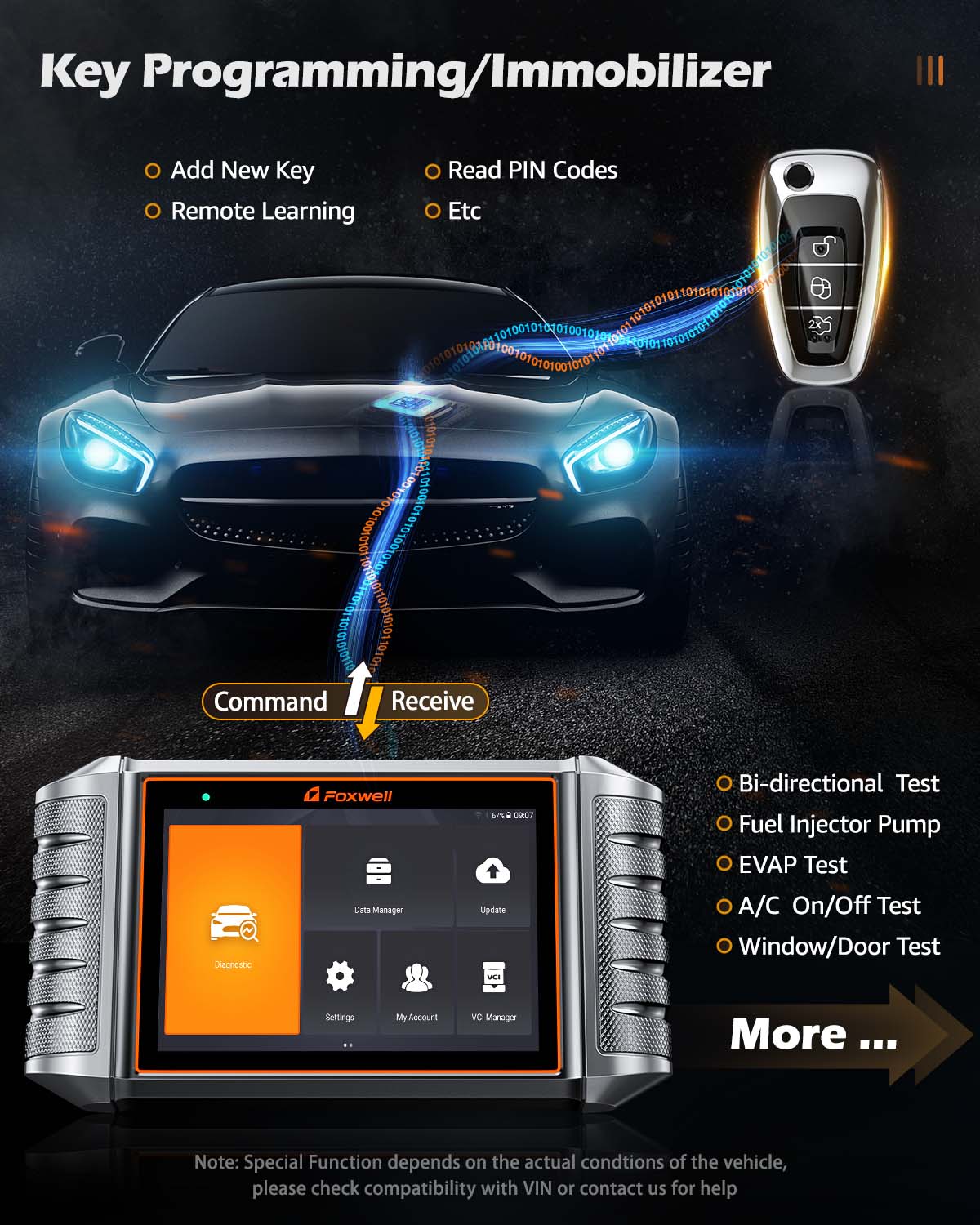
Importance of ABS and SRS Features in OBD2 Scanners
ABS scanners help drivers stay in control during emergency braking by preventing wheels from locking up during sudden stops.
In contrast, SRS scanners help detect problems with safety features like airbags or seat belt pretensioners that could prove essential during accidents.
Scanners that detect potential issues with these systems are critical for maintaining vehicle safety features and keeping drivers aware of issues within them.
Learn about OBD2 Scanners
OBD2 scanners are invaluable tools in automotive maintenance and repair. They provide professionals and vehicle owners access to and interpret data generated by an onboard diagnostics system.
In this section, we explore their capabilities, including their compatibility with various vehicles, ease of use, the accuracy of data interpretation, and connectivity options.
Compatibility with Different Vehicles
Compatibility with Different Vehicles OBD2 scanners are specifically designed to work with any car or light truck equipped with an OBD2 system - now mandatory since 1996 for cars and light trucks manufactured in the US.
This standardization simplifies diagnostic procedures while guaranteeing broad compatibility across different makes and models.
However, all OBD2 scanners provide engine and transmission diagnostics. their access to other vehicle systems like ABS or SRS will vary based on both your scanner capabilities and which brand of car you drive.
High-end OBD2 scanners may be customized to specific vehicle brands and provide more in-depth diagnostics of certain systems than their standard counterparts.
Therefore, when choosing an OBD2 scanner, it is essential to support all systems and features of the vehicles you plan to test.
User Interface and Ease of Use
An OBD2 scanner's user interface design significantly affects its usability. Today's modern scanners come with either an LED display or a touchscreen that displays plenty of data.
both can easily provide intuitive navigation through menus to quickly gain access to functions like viewing live data feeds, scanning codes, viewing vehicle info, etc.
Features like built-in libraries of diagnostic trouble codes further increase ease of use. These libraries allow users to quickly understand the problems indicated by codes without needing additional resources.
Some scanners even include definitions and troubleshooting tips, making them ideal for DIY users.
Data Reading Accuracy
An OBD2 scanner's effectiveness rests heavily on its accuracy in data reading. Accurate readings allow vehicle diagnosticians to accurately pinpoint issues as accurate data provides real-time status of various systems and components.
High-quality scanners can deliver precise readings, facilitating effective diagnostics and appropriate and lasting repairs.
Scanners vary greatly in precision and the amount of data they can retrieve.some may only be capable of reading generic error codes, while others provide deeper insights into your vehicle's condition by retrieving manufacturer-specific codes.
Connectivity Options
Modern OBD2 scanners emphasize connectivity.
Basic models usually connect directly to vehicles via wire, while more advanced scanners feature Bluetooth or Wi-Fi wireless options that allow for enhanced diagnostic capabilities and easier access to online resources.
Bluetooth and Wi-Fi scanners are especially helpful when performing diagnostics without being in direct proximity of a vehicle, as they can transmit data directly to a connected device located anywhere within range.
This capability makes Bluetooth/Wi-Fi scanners indispensable tools for mechanics who must monitor vehicle diagnostics while carrying out other tasks in their workshop.
If you’re curious about the differences between older systems and modern ones, check out our guide on is there a difference between OBD and OBD2.
Discover ABS and SRS Systems
What Is Anti-Lock Braking System (ABS)?
ABS helps maintain traction and control during sudden stops by preventing wheels from locking up, thus avoiding uncontrollable skidding.
What Is an SRS (Supplementary Restraint System)?
SRS refers to all passive safety features within a vehicle, particularly airbags and seatbelt mechanisms designed to protect during collisions.
How an OBD2 Scanner Interacts With ABS and SRS
Understanding how an OBD2 scanner interacts with ABS and SRS is of utmost importance for anyone involved in automotive diagnostics or repair.
These scanners can identify problems and ensure the vehicle's safety mechanisms - the anti-lock brake system (ABS) and the supplemental restraint system (SRS) - are working correctly.
This section will dive deeper into these interactions, highlighting Foxwell scanners - an industry leader in automotive diagnostics.
OBD2 scanners from Foxwell offer comprehensive diagnostic capabilities beyond simple trouble code reading.
Here's how they interact with ABS and SRS systems:
Code Reading and Clearing: An OBD2 scanner's primary purpose for ABS and SRS systems is to read and clear diagnostic trouble codes generated when they detect faults.
For instance, when an airbag sensor malfunctions, the SRS light illuminates the dashboard. A Foxwell scanner can read this particular DTC, which pinpoints malfunctioning sensors or connection issues.
Foxwell scanners feature real-time monitoring of ABS and SRS sensors for ABS engagement/disengagement and SRS sensor performance.
This gives mechanics and technicians access to real-time data that allows them to monitor how these systems behave—an invaluable feature when troubleshooting issues with these systems.
For example, during a test drive, a technician could monitor wheel speed sensors on his scanner to make sure ABS disengages correctly at various speeds.
Bi-Directional Control Tests: Foxwell scanners boast one of the more unique capabilities available today: performing bi-directional control tests.
This means the scanner can control specific tests on ABS or SRS components—such as activating airbag light testing for SRS airbags or testing solenoids and actuators within ABS systems to ensure they respond as desired when given diagnostic commands.
System Bleeding and Calibration: Foxwell models offering automated ABS bleeding and calibration features provide essential services after repairs to ensure any air trapped within hydraulic brakes is removed to maintain proper brake function.
This process also helps remove air pockets trapped between discs, which prevents adequate brake function.
Component Activation and Adaptation: Foxwell scanners can activate different components within ABS and SRS systems to verify their operational integrity, while they also help adapt new parts to vehicle computer systems so that any new parts seamlessly communicate with these electronic systems.
Integrating Foxwell's Advanced Diagnostic Features
Foxwell's advanced diagnostic tools are designed to offer a smooth and user-friendly experience.
They feature intuitive interfaces that guide users through complex processes, making them accessible even to non-professional mechanics. Their user-friendliness, robust support services, and regular software updates keep Foxwell scanners at the cutting edge of automotive diagnostic technology.
Foxwell scanners are built for optimal compatibility, supporting an extensive array of vehicle makes and models, making them especially beneficial to multi-brand automotive workshops.
Furthermore, upgrading software via the internet ensures your diagnostic tools stay ahead of evolving automotive technologies and new vehicle releases.
Foxwell OBD2 scanners not only read and reset codes but actively interact with vehicle systems to diagnose, troubleshoot.
And verify critical safety systems such as ABS and SRS for optimal function—essential capabilities for meeting modern automobiles' high safety standards and making Foxwell scanners crucial tools in any automotive repair or maintenance toolbox.
Legal and Security Considerations
OBD2 scanners must conform with various regulations, such as those set forth by the Environmental Protection Agency and OBD-II standards, to ensure they do not interfere with vehicle systems while still providing accurate data.
Safety Tips When Utilizing Diagnostic Tools: Always read and abide by the manufacturer's instructions when using OBD2 scanners to protect the vehicle's electronic components from damage caused by improper connections or disconnection.
Also, ensure the ignition is off when connecting or disconnecting the scanner.

Conclusion
An OBD2 scanner equipped with ABS and SRS capabilities is an indispensable tool for modern drivers. It increases safety by monitoring critical systems correctly and empowers vehicle owners to take control of their car's health.
Selecting the appropriate scanner will save time and money while offering peace of mind.
FAQs
How often should I use an OBD2 scanner on my vehicle?
Conducting routine OBD2 checks at regular intervals or before embarking on long trips can help maintain optimal conditions in your car and extend its lifespan.
Can OBD2 scanners with ABS and SRS functionalities be used on any vehicle?
While most post-1996 vehicles feature OBD2 ports, it's always wise to ensure that an OBD2 scanner is compatible with your car model, particularly regarding ABS/SRS features.
What should I do if my OBD2 scanner detects a fault in the ABS or SRS systems?
It's wise to visit a professional mechanic for inspection and repairs for optimal vehicle safety, as issues with these systems could compromise vehicle security.

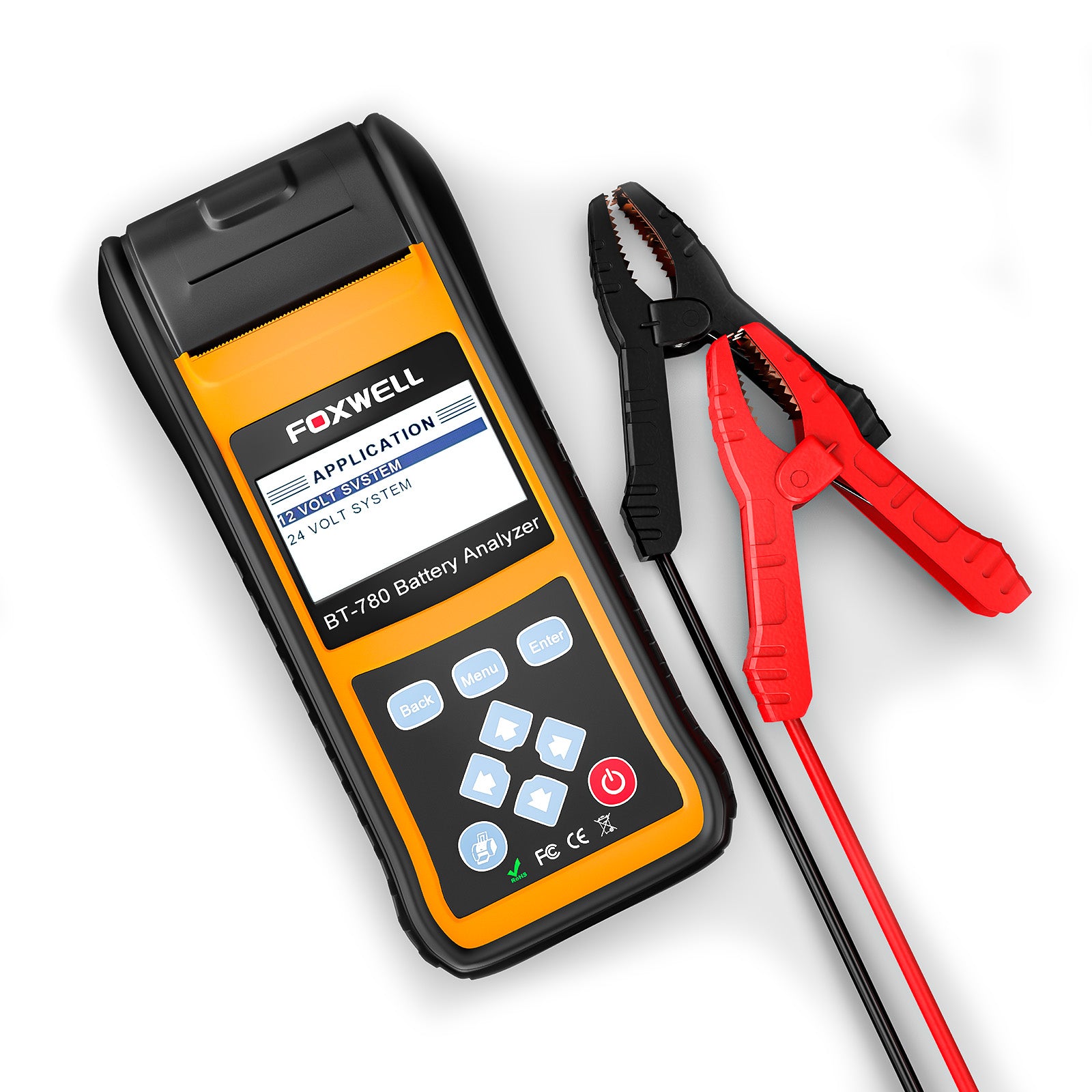
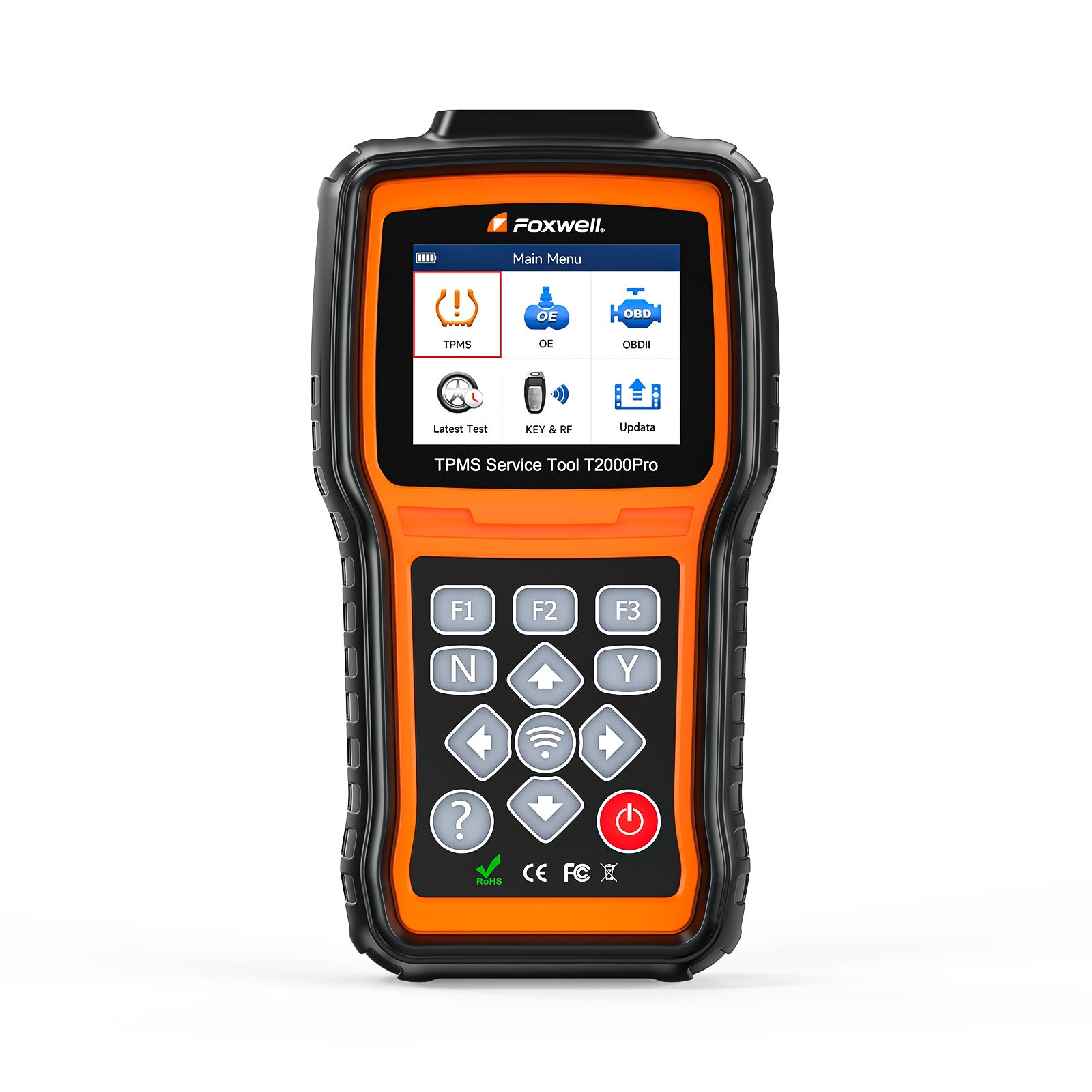
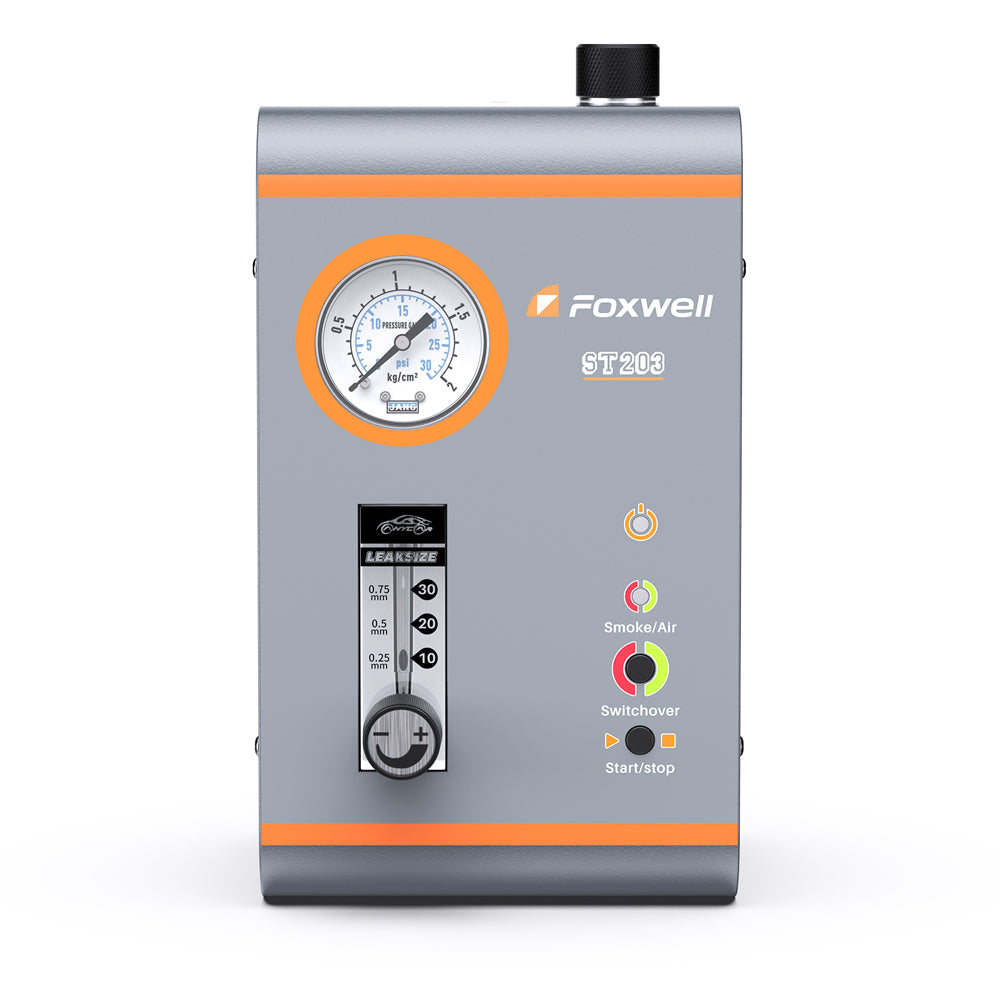
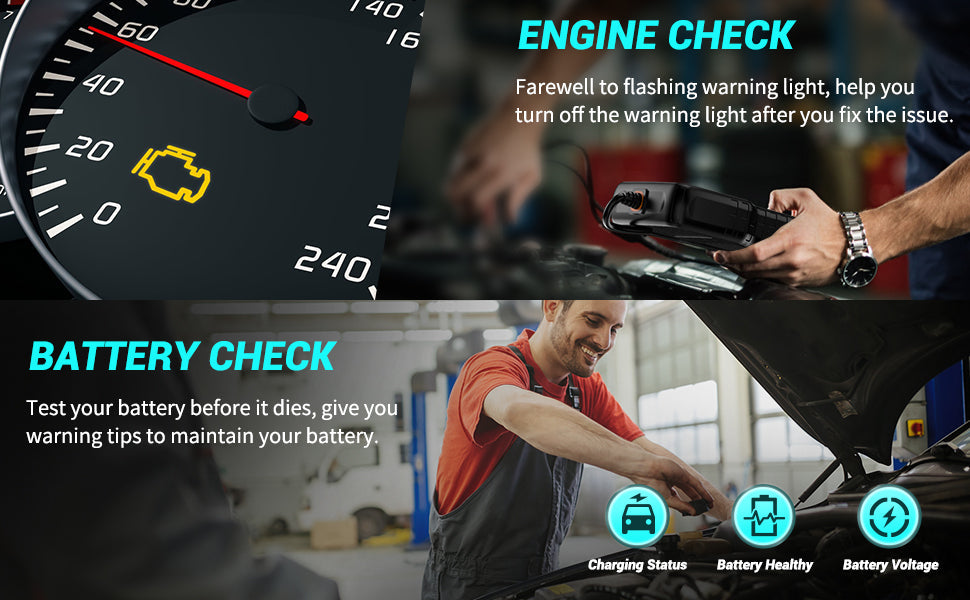
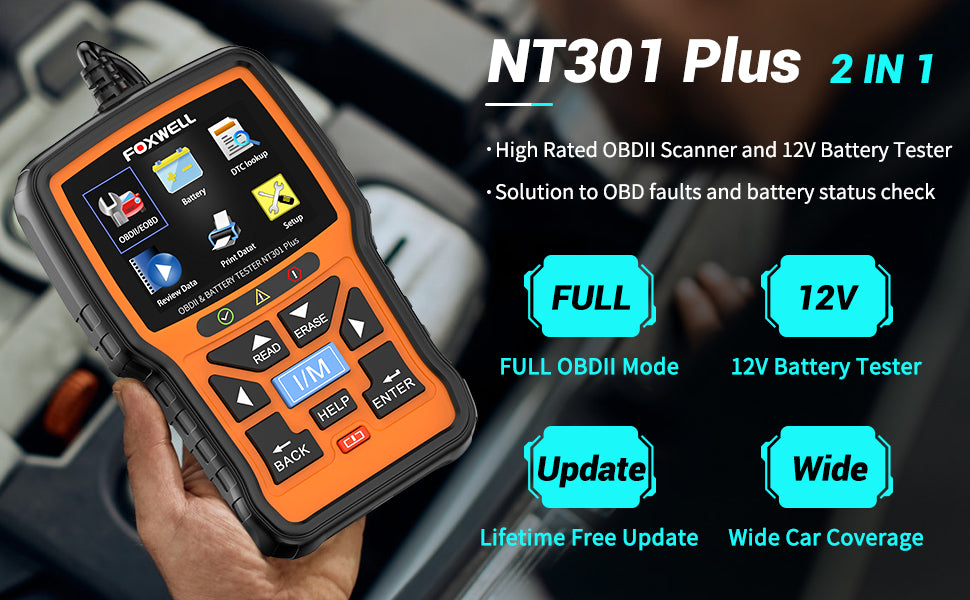
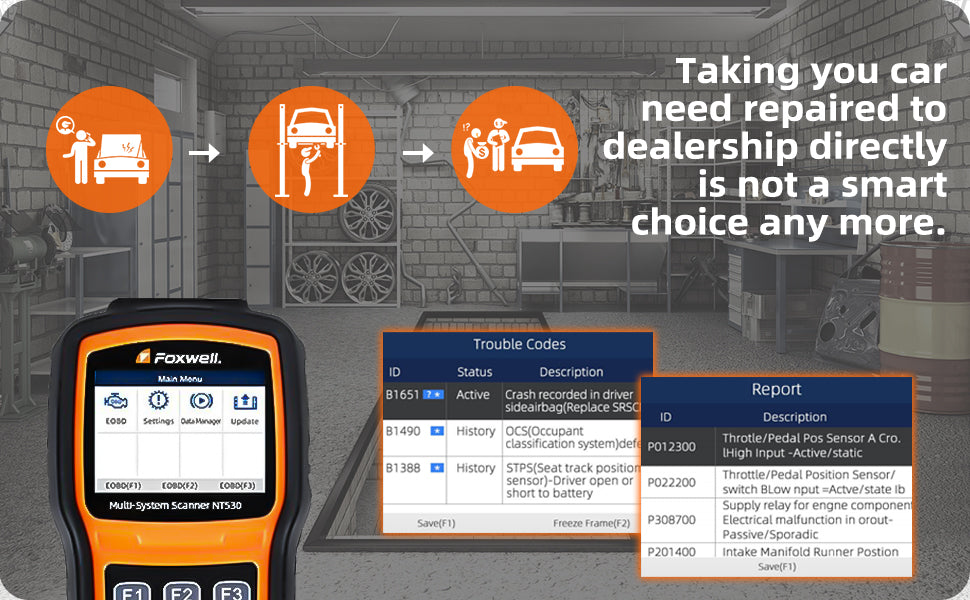
Leave a comment
This site is protected by hCaptcha and the hCaptcha Privacy Policy and Terms of Service apply.